Hunterian Museum
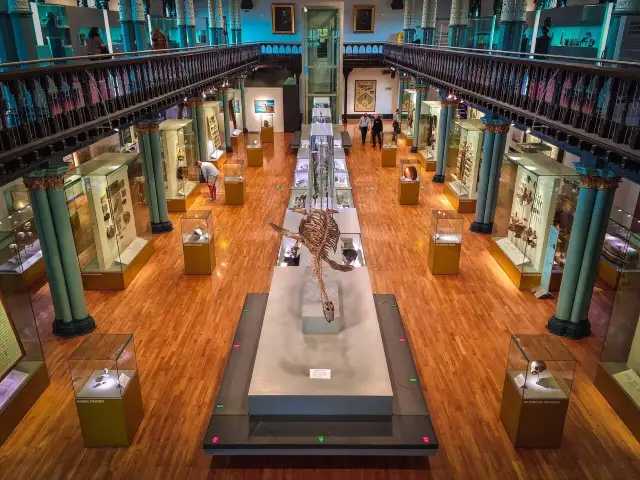
The Hunterian Museum, located within the University of Glasgow’s grand Gilbert Scott Building, is Scotland’s oldest public museum, founded in 1807 from the bequest of pioneering anatomist and collector William Hunter. His vast and eclectic 18th‑century collections form the museum’s core, encompassing Roman artefacts from the Antonine Wall, geological and zoological specimens, ethnographic treasures, coins, medical instruments, and works of art. Over the centuries, the holdings have expanded to include significant pieces by Charles Rennie Mackintosh, James McNeill Whistler, and other notable artists. The museum’s displays weave together science, art, and history, from Lord Kelvin’s scientific instruments to objects gathered on Captain Cook’s Pacific voyages. Free to visit, it offers an inspiring journey through centuries of human curiosity and achievement, set within one of Glasgow’s most iconic neo‑Gothic landmarks.
Glasgow ScotlandThe Hunterian Museum is located within the University of Glasgow at 111 University Avenue, Glasgow, G12 8QQ. Established in 1807, it is Scotland’s oldest public museum and one of the UK’s leading university museums, showcasing a diverse collection that spans the arts, sciences, and humanities. Highlights include Roman artifacts from the Antonine Wall, scientific instruments used by pioneering figures like James Watt and Lord Kelvin, extensive natural history specimens, and a major display of works by James McNeill Whistler and Charles Rennie Mackintosh. The museum is set within the historic and architecturally impressive Gilbert Scott Building on the university’s Gilmorehill campus, about three kilometers west of Glasgow city center. Nearby, visitors can explore Kelvingrove Park, the Glasgow University campus, and the Hunterian Art Gallery with the Mackintosh House, making it part of a rich cultural and academic area steeped in history and vibrant student life.
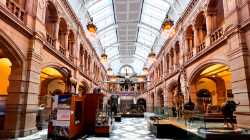 Kelvingrove Art Gallery and Museum
Glasgow
Kelvingrove Art Gallery and Museum
Glasgow
 Riverside Museum
Glasgow
Riverside Museum
Glasgow
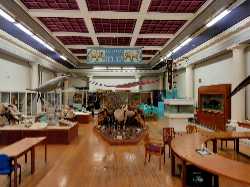 The Hunterian Zoology Museum
Glasgow
The Hunterian Zoology Museum
Glasgow
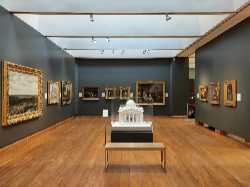 The Hunterian Art Gallery
Glasgow
The Hunterian Art Gallery
Glasgow
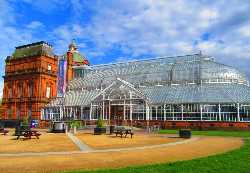 People’s Palace and Winter Gardens
Glasgow
People’s Palace and Winter Gardens
Glasgow
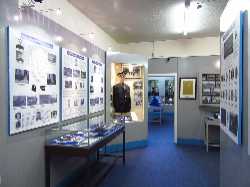 Glasgow Police Museum
Glasgow
Glasgow Police Museum
Glasgow
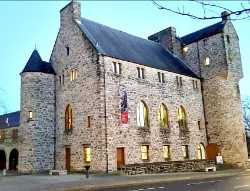 St. Mungo Museum of Religious Life and Art
Glasgow
St. Mungo Museum of Religious Life and Art
Glasgow
 The Tenement House
Glasgow
The Tenement House
Glasgow
 Scottish Football Museum
Glasgow
Scottish Football Museum
Glasgow
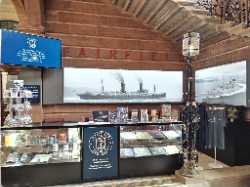 Fairfield Heritage
Glasgow
Fairfield Heritage
Glasgow
 Theatre Royal Glasgow
Glasgow
Theatre Royal Glasgow
Glasgow
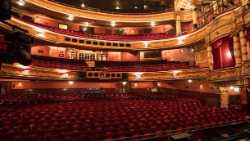 Glasgow King’s Theatre
Glasgow
Glasgow King’s Theatre
Glasgow
 Tron Theatre
Glasgow
Tron Theatre
Glasgow
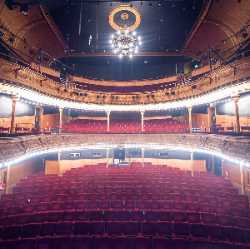 Citizens Theatre
Glasgow
Citizens Theatre
Glasgow
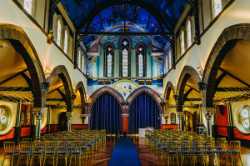 Òran Mór
Glasgow
Òran Mór
Glasgow
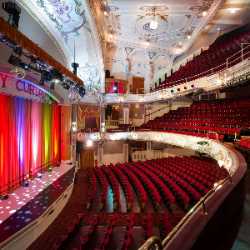 Pavilion Theatre
Glasgow
Pavilion Theatre
Glasgow
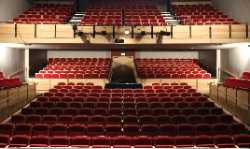 Webster’s Theatre
Glasgow
Webster’s Theatre
Glasgow
 Eastwood Park Theatre
Glasgow
Eastwood Park Theatre
Glasgow
 Cottiers Theatre
Glasgow
Cottiers Theatre
Glasgow
 Platform Theatre
Glasgow
Platform Theatre
Glasgow
 Gallery of Modern Art
Glasgow
Gallery of Modern Art
Glasgow
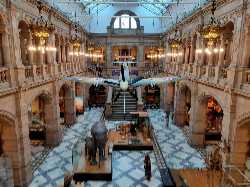 Kelvingrove Art Gallery
Glasgow
Kelvingrove Art Gallery
Glasgow
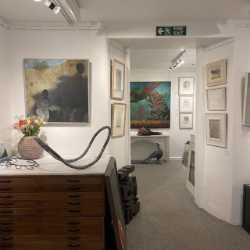 Compass Gallery
Glasgow
Compass Gallery
Glasgow
 Roger Billcliffe Gallery
Glasgow
Roger Billcliffe Gallery
Glasgow
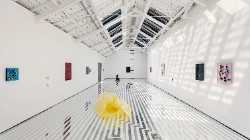 The Modern Institute
Glasgow
The Modern Institute
Glasgow
 Transmission Gallery
Glasgow
Transmission Gallery
Glasgow
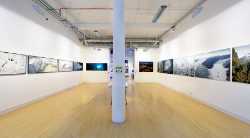 Trongate 103
Glasgow
Trongate 103
Glasgow
 Project Ability Gallery
Glasgow
Project Ability Gallery
Glasgow
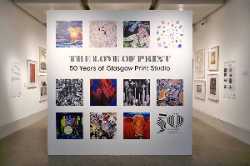 Glasgow Print Studio
Glasgow
Glasgow Print Studio
Glasgow
 Holmwood House
Glasgow
Holmwood House
Glasgow
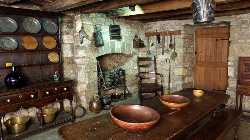 Provand’s Lordship
Glasgow
Provand’s Lordship
Glasgow
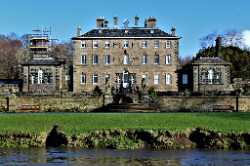 Pollok House
Glasgow
Pollok House
Glasgow
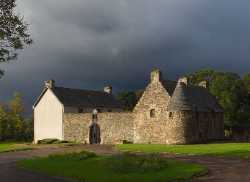 Provan Hall
Glasgow
Provan Hall
Glasgow
 House for an Art Lover
Glasgow
House for an Art Lover
Glasgow
 Crookston Castle
Glasgow
Crookston Castle
Glasgow
 Bothwell Castle
Glasgow
Bothwell Castle
Glasgow
 Newark Castle
Glasgow
Newark Castle
Glasgow
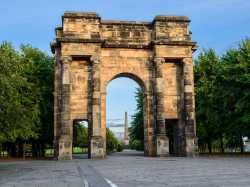 Glasgow Green
Glasgow
Glasgow Green
Glasgow
 Kelvingrove Park
Glasgow
Kelvingrove Park
Glasgow
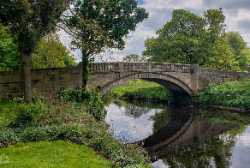 Pollok Country Park
Glasgow
Pollok Country Park
Glasgow
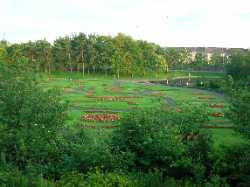 Victoria Park Glasgow
Glasgow
Victoria Park Glasgow
Glasgow
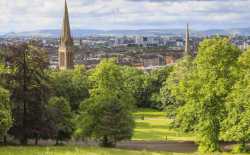 Queens Park
Glasgow
Queens Park
Glasgow
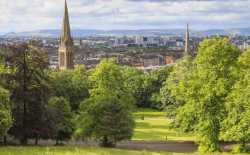 Rouken Glen Park
Glasgow
Rouken Glen Park
Glasgow
 Bellahouston Park
Glasgow
Bellahouston Park
Glasgow
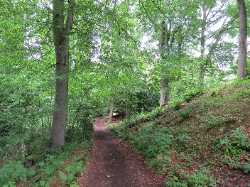 Linn Park
Glasgow
Linn Park
Glasgow
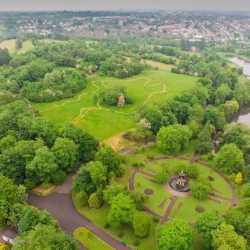 Glasgow Alexandra Park
Glasgow
Glasgow Alexandra Park
Glasgow
 Springburn Park
Glasgow
Springburn Park
Glasgow
 Glasgow Cathedral
Glasgow
Glasgow Cathedral
Glasgow
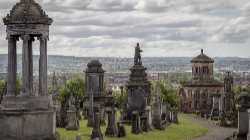 Glasgow Necropolis
Glasgow
Glasgow Necropolis
Glasgow
 The Lighthouse
Glasgow
The Lighthouse
Glasgow
 City Chambers
Glasgow
City Chambers
Glasgow
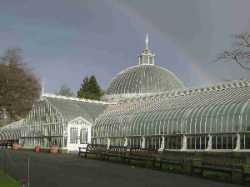 Glasgow Botanic Gardens
Glasgow
Glasgow Botanic Gardens
Glasgow
 Buchanan Street
Glasgow
Buchanan Street
Glasgow
 Barras Market
Glasgow
Barras Market
Glasgow
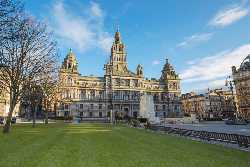 George Square
Glasgow
George Square
Glasgow
 Glasgow Science Centre
Glasgow
Glasgow Science Centre
Glasgow
 Clyde Arc
Glasgow
Clyde Arc
Glasgow
 Merchant Square
Glasgow
Merchant Square
Glasgow